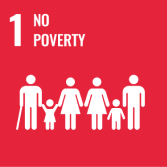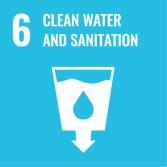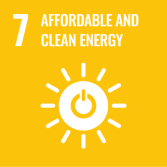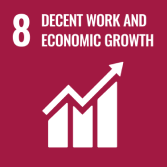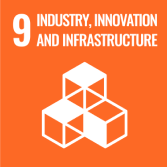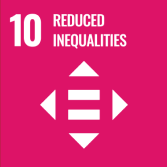With the vast number of comments posted daily on social media and other platforms, manually monitoring internet activity for possible national security risks or cyberbullying is an impossible task. However, with recent advances in machine learning (ML), the automatic monitoring of such posts
[...] Read more.
With the vast number of comments posted daily on social media and other platforms, manually monitoring internet activity for possible national security risks or cyberbullying is an impossible task. However, with recent advances in machine learning (ML), the automatic monitoring of such posts for possible national security risks and cyberbullying becomes feasible. There is still the issue of privacy on the internet; however, in this study, only the technical aspects of designing an automated system that could monitor and detect hate speech in the Arabic language were targeted, which many companies, such as Facebook, Twitter, and others, could use to prevent hate speech and cyberbullying. For this task, a unique dataset consisting of 4203 comments classified into seven categories, including content against religion, racist content, content against gender equality, violent content, offensive content, insulting/bullying content, normal positive comments, and normal negative comments, was designed. The dataset was extensively preprocessed and labeled, and its features were extracted. In addition, the use of deep recurrent neural networks (RNNs) was proposed for the classification and detection of hate speech. The proposed RNN architecture, called DRNN-2, consisted of 10 layers with 32 batch sizes and 50 iterations for the classification task. Another model consisting of five hidden layers, called DRNN-1, was used only for binary classification. Using the proposed models, a recognition rate of 99.73% was achieved for binary classification, 95.38% for the three classes of Arabic comments, and 84.14% for the seven classes of Arabic comments. This accuracy was high for the classification of a complex language, such as Arabic, into seven different classes. The achieved accuracy was higher than that of similar methods reported in the recent literature, whether for binary classification, three-class classification, or seven-class classification, as discussed in the literature review section.
Full article
